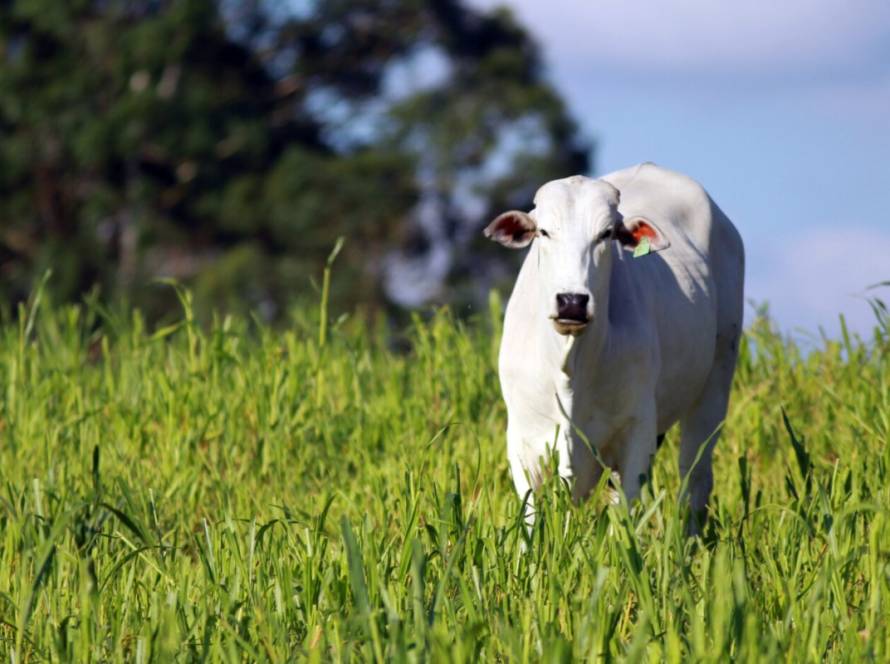The seventh survey of the 2024/2025 harvest, released on the morning of last Thursday (10) by the National Supply Company (Conab), shows that Rio Grande do Sul should produce 33.9 million tons of grains, a drop of 8% compared to the previous cycle. Despite the drop, the state of Rio Grande do Sul remains in fourth place among the largest grain producers, behind Mato Grosso, Paraná and Goiás. For the area, 10.45 million hectares are projected, with a growth of 0.3%.

Photo: Gilson Abreu
The reduction in Rio Grande do Sul's grain harvest is mainly explained by the 25.7% drop in soybean production compared to the previous harvest. The state is expected to produce 14.6 million tons. The planted area is estimated at 6.84 million hectares, an increase of 1.1%. "Rio Grande do Sul is going through a dramatic climate situation. The soybean harvest was affected by the lack of rain and extreme heat, which compromised the crop's productivity," says Conab president Edegar Pretto.
Although rainfall increased in volume and frequency from February onwards, it was not enough to reverse the water stress situation in the crops. In addition, heat waves also harmed plant development. Currently, 35% of the cultivated area has already been harvested, with variable grain quality.
Situation of other crops in Rio Grande do Sul
Rice
The rice harvest is expected to reach 8.3 million tons, an increase of 15.9% compared to the previous harvest. The planted area is estimated at 951.9 thousand hectares, an increase of 5.7%. The productivity of the crops harvested to date is considered good, especially in the areas sown during the ideal period, which benefited from favorable weather conditions. However, heat waves during grain filling increased the percentage of damaged grains in some regions. The harvest operation has advanced significantly, reaching 65% of the cultivated area.
Bean

Photo: Freepik
Bean production is expected to total 76.9 thousand tons, cultivated in an area of 48.5 thousand hectares. Production growth compared to the previous cycle is 7.3%. The low rainfall and high temperatures in the Upper Plateau, which is the state's main producing region, caused symptoms of water stress in the 1st harvest crop. The return of rainfall is essential to maintain expectations of good productivity, since the crops are in the flowering and grain filling phase. In the other regions, the harvest is practically complete.
Corn
The production projection is 5.51 million tons, 13.7% more than in the last harvest. The area destined for cultivation is 719.6 thousand hectares, which represents a reduction of 11.7%. The harvest, which already reaches 86% of the cultivated area, is concentrated in the Upper Plateau, where sowing was later and there are still areas to be harvested, in addition to the crops cultivated in the second harvest. The drought affected the crops during vegetative development, flowering and grain filling, reducing the productivity expectation. Despite this, the areas harvested so far have shown good productivity, especially in the crops sown at the beginning of the sowing window, which benefited from a good rainfall regime.
Wheat
Considered the main winter crop in the state, wheat production is expected to total 4.09 million tons, an increase of 4.4% compared to the 2023/2024 harvest. The area dedicated to cultivation is estimated at 1.29 million hectares, with a reduction of 3.8%. Despite the expected decrease in the cultivated area, productivity is expected to improve. Sowing of the cereal is expected to begin only in May in the warmest regions of the state, such as Alto Uruguai, Fronteira Oeste and Missões.




